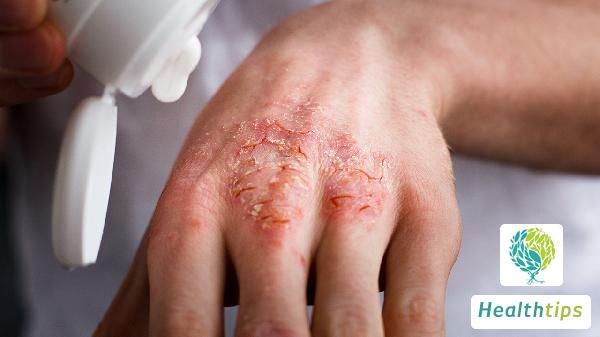How to Treat Heat Stroke?
Heatstroke often occurs in summer, when the human body experiences symptoms such as headache, thirst, and dizziness in high-temperature environments. Some people may also experience excessive sweating or loss of physical strength, which are symptoms of heatstroke. It is crucial to seek timely treatment for heatstroke to avoid life-threatening consequences.

There are various methods to improve heatstroke symptoms. In severe cases, it is essential to call emergency services immediately. Let's take a look at how to treat heatstroke:
a. Immediately leave the high-temperature environment and rest quietly in a cool place.
b. Consume small amounts of salted cold drinks frequently.
c. Quickly cool down by removing clothing to increase the surface area for heat dissipation, spraying the body with cold water, and enhancing ventilation. If possible, immerse the body in a cool water basin or wipe the entire body with a cool, wet towel. If using cold or ice packs, place them on both sides of the neck to help reduce brain temperature.
d. In severe cases, call emergency services immediately. It can be challenging to distinguish between mild and severe heatstroke initially. If symptoms such as dizziness, palpitations, nausea, vomiting, convulsions, or unconsciousness occur in a high-temperature environment and do not improve after self-treatment, emergency services should be contacted immediately.
a. Precursor to Heatstroke: In high-temperature environments, patients may experience symptoms such as headache, dizziness, thirst, excessive sweating, weakness in the limbs, difficulty concentrating, and uncoordinated movements, while their body temperature remains normal or slightly elevated.
b. Mild Heatstroke: In addition to the above symptoms, patients may also exhibit flushed or pale skin, excessive sweating, hot or clammy skin, decreased blood pressure, weak pulse, increased heart rate, and a body temperature exceeding 38°C.
c. Severe Heatstroke: Besides the symptoms mentioned above, patients may experience muscle spasms, fainting, unconsciousness, or high fever (body temperature exceeding 40°C). Heatstroke is a dysregulation of the body's temperature regulation mechanism due to the influence of high temperatures, often caused by exposure to intense sunlight or performing heavy physical labor in high-temperature environments. Prompt treatment is crucial to avoid potentially life-threatening consequences.



















